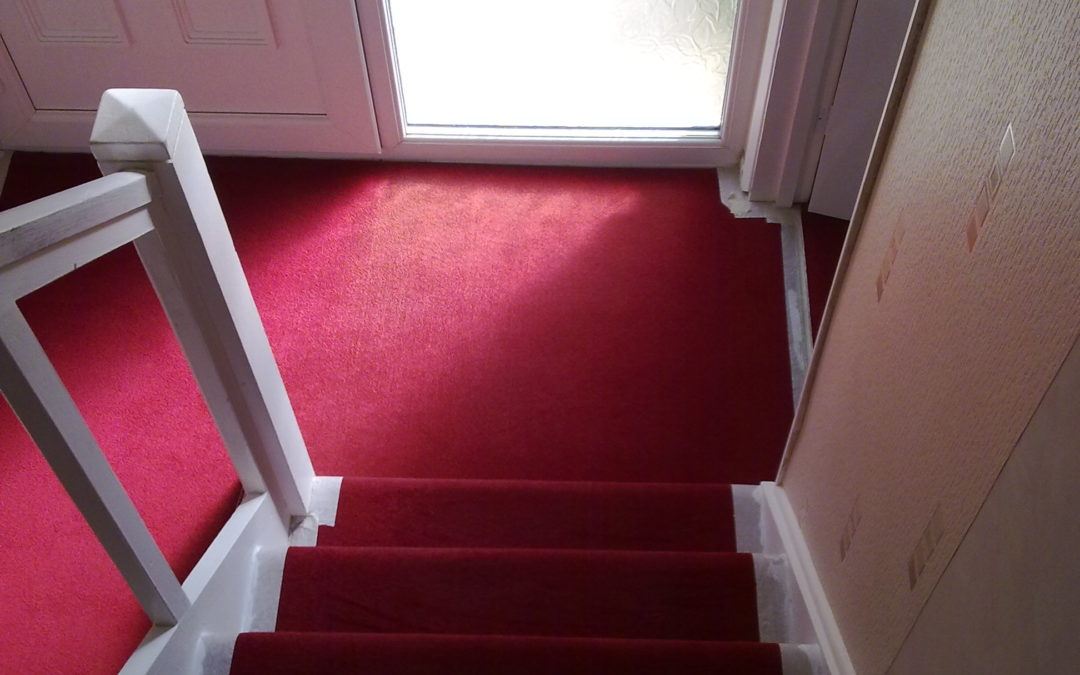On 20 December 2018 the Homes (Fitness for Human Habitation) Act 2018 received Royal Assent. It covers both private and council housing though we will only comment on the main stream PRS implications.
The new law modifies rules already in the Landlord and Tenant Act 1985 sections 8-10. In simple terms sections 8 and 9 continue almost unchanged, but they now only apply to housing in Wales. These sections have little practical effect as they are limited to very low rents. New sections 9A to 9C are inserted and these provide the rules for housing in England, at any rent level.
Although the law received Royal Assent on 20 December, its provisions do not come into force for three months, i.e. on the 20 March 2019. Any new tenancy granted after this date will need to be granted with the property fit for human habitation, and the property must be kept fit for human habitation throughout the tenancy. If the tenancy was running periodic on the 20 March 2019 you will have till 20 March 2020 in which to comply.
Important will be how existing tenancies fit into the new regime. The easy part is that any new tenancy granted after from 20 March onwards, and this will include a statutory periodic tenancy arising, will have to be fit for human habitation at the start of the new letting and then kept fit for human habitation throughout the tenancy.
Where a tenancy was already running periodic on the 20 March, then the new rules will not apply for 12 months. Also when the new rules apply, they will not require the property to be fit or kept fit till 20 March 2020.
Where a tenancy is fixed term it would appear that it remains outside the scope of the legislation for as long as the same tenancy continues. The TFP tenancy technically counts as a fixed term tenancy (as the periods are not all the same, Goodman v Evely [2001] EWCA Civ 104) potentially giving as long as the tenancy remain before compliance is needed. This provision has probably been allowed as the view would be that all the fixed terms would have ended in a relatively short period of time.
Where a tenancy was agreed before 20 March 2019 but the occupation of the property is after 20 March 2019, this agreement is again outside the new rules, though the rules above about renewals, end of the fixed term or statutory periodic will all still apply.
Section 10 of the Landlord and Tenant Act 1985 specifies a list of items which can create unfitness in a property. The new legislation amends this list to include the 29 Housing Health and Safety Rating System (HHSRS) hazards for properties in England. It also makes another small amendment, which will affect Wales, in that the word “house” has been replaced by the word “dwelling”, presumably to make it more clear that this will cover flats as much as houses.
In considering the 29 hazard they make reference to hazards prescribed under section 2(1) of the Housing Act 2004, the HHSRS hazards. However, whereas HHSRS considers the actual or “potential” occupier, this assessment excludes the potential occupier and only considers the actual occupier. Therefore, if a hazard exists for someone over the age of 60 but the tenants are all students and it is not considered a hazard to them, then this cannot be considered a hazard for the purposes of fitness for human habitation.
These sections are in the same legislation as section 11 repairing obligations. They have therefore used many of the same criteria, for example it only applies to leases of less than seven years, it does not make the landlord liable to something the tenant is entitled to remove from the property and limits the landlord’s liability for repairs in a common area (not controlled by the landlord) or repair for which the landlord needs the freeholders consent which cannot be obtained having made reasonable attempts.
Section 9A(7) mirrors section 11 repairing obligations by giving the landlord, or those authorised by him, the right to enter and inspect the property for viewing its condition or state of repair. If the tenant is resisting such entry the right could only be enforced by a court order.
Whilst any responsible landlord and agent would expect to keep properties fit for human habitation, the tricky bit will be that this allows the tenant to take direct action against the landlord and the landlord will not know for certain if they are compliant till the court decides. Over time a body of cases will decide how this will be interpreted but until then care should be exercised to avoid giving the tenant another stick with which to beat the landlord.


Recent Comments